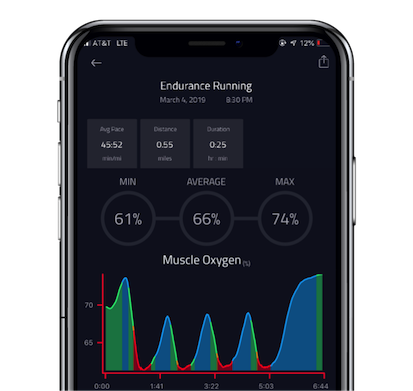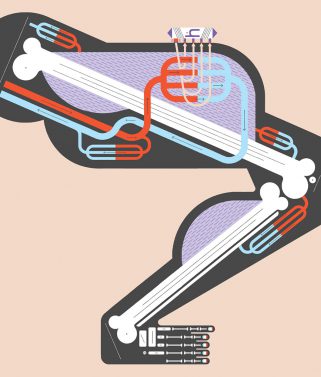
Measuring Excess Post-Exercise Oxygen Consumption (EPOC) with Humon
During exercise, your muscles use oxygen to convert nutrients into adenosine triphosphate (ATP) to use as fuel. The oxygen consumption (known as VO2) increases as the intensity of the workout increases. After working out, this rate of oxygen uptake does not return to resting levels immediately and stays elevated for a period of time to help restore the body to its normal levels. This physiological effect is called excess post-exercise oxygen consumption (EPOC) and has many benefits.
Immediately after exercise excess oxygen is used in recovery to:
1. Replenish ATP levels
2. Restore glycogen levels from lactate
3. Restore arterial and muscle oxygen saturation
4. Repair damaged muscle tissue
5. Restore the body’s resting temperature
Exercise that consumes more oxygen burns more calories and helps with fat loss
The body spends 5 calories per 1L of oxygen consumed, therefore increasing the amount of oxygen used during and post-workout can increase the total amount of calories burned.
Strength and high-intensity interval training (HIIT) are most effective at enhancing EPOC
EPOC is influenced by the intensity of the workout rather than its length. During the high-intensity intervals of HIIT training, for example, your body primarily relies on the anaerobic energy pathway and as a result, requires more oxygen during rest periods to replenish ATP stores.
Measuring EPOC with Humon
To ensure you are maximizing the EPOC effect for the many benefits it provides, try monitoring the recovery part of your workouts with Humon. The Hex measures muscle oxygen saturation which is the balance between the supply and demand of oxygen during and after a workout.
Below is an example of an interval workout with Humon.

As the athlete starts the workout, muscle oxygen decreases during the interval and increases during the rest periods. At the end of the workout muscle oxygen continues to increase to higher levels to help the body recover properly. This increase in muscle oxygen post-workout will be maintained for a longer period of time for workouts that stimulate EPOC.
Make sure to check out @behumon on Instagram, Twitter, and Facebook for more tips on how to warm-up, train, and recover effectively.

